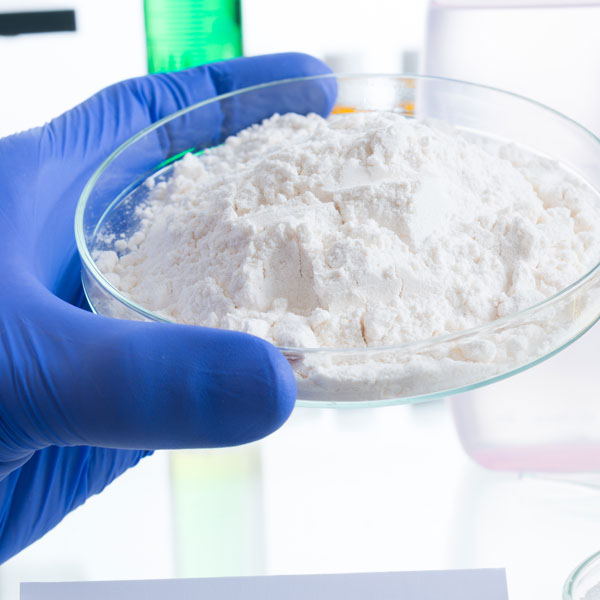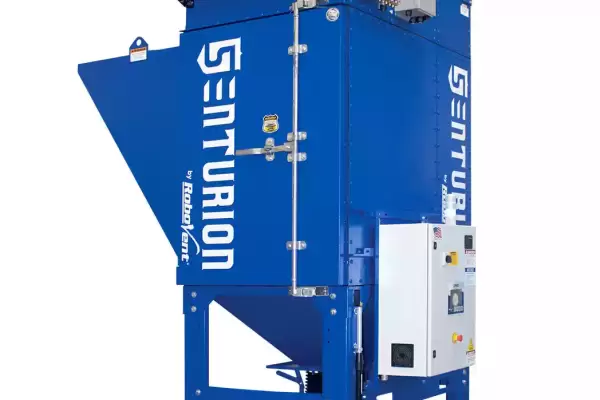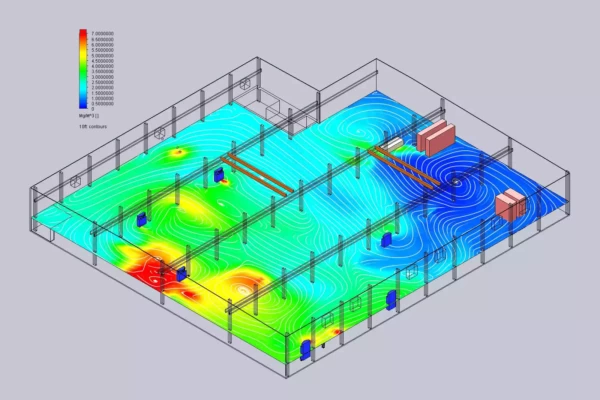 Exposure Risks for Chemical Dust
Exposure Risks for Chemical Dust
Employees who work with chemical dusts are at risk from negative health effects, as well as fire and explosion. Chemical dusts are often very fine, and the smaller the particulate the more deeply it can travel into the body and do damage. Exposure to metallic elements, such as cadmium, can cause neurological, gastrointestinal and reproductive harm. Cadmium can affect the kidneys and respiratory system even in a low concentration. At higher exposures, cadmium is associated with cancers of the lung and prostrate. This is simply one example, however. Researchers have linked many chemical dusts to health damage, including arsenic, chromium and lead.
Even inert substances such as silica can cause harm. If exposure to such a substances reaches a certain level, particulates can accumulate in the lungs. Symptoms begin with irritation and shortness of breath but can move to serious respiratory illnesses.
Many chemical dusts also qualify as combustible dusts. These dusts pose serious fire and explosion risks. When a combustible dust gathers in just the right concentration with oxygen, it can be ignited by a spark, cigarette, hot wheel bearing or any number of ignition sources. Chemicals that are also combustible dusts include ascorbic acid, calcium acetate, dextrin, lactose and sodium ascorbate. A dust explosion can be surprisingly powerful, injuring or killing workers and destroying property.
 Dust Collection Regulations for Chemical Manufacturers
Dust Collection Regulations for Chemical Manufacturers
The Occupational Safety and Health Administration (OSHA) mandates that employers maintain safe workplaces for employees. Chemical dusts are particularly challenging for employers in the industry because different chemicals are governed by different regulations. Most OSHA rules are based on permissible exposure limits (PEL’s), which are 8-hour time-weighted averages (TWA’s). OSHA has established around 500 PEL’s.
OSHA recommends that workplace air quality be maintained through “engineering and work practice controls,” where feasible. If these controls are not feasible, OSHA requires that workers be given personal respiratory equipment. Installing high-quality air filtration ensures that your entire facility remains safe when chemical dusts are present. Filters exist to remove the worst particulates from the air. Properly applied, a dust collector can clean the air sufficiently to meet any OSHA regulation. Below are some examples of the PEL’s for various chemical dusts.
- Cadmium: 5 µg/m3
- Zinc oxide: 15 mg/m3
- Chromium: 5 µg/m3
- Iron oxide: 15 mg/m3
- Cobalt: 1 mg/m3
The American Conference of Governmental Industrial Hygienists (ACGIH) recommends different guidelines on some of these exposure limits. This is not surprising, since ACGIH guidelines are generally stricter than OSHA’s. Many leading manufacturers, however, strive to meet ACGIH guidelines in order to protect their workers and lead their industries in worker safety.
Understanding the content of your airborne contaminants is key in improving your air quality and in meeting OSHA regulations. Services providing comprehensive chemical testing of your air quality are an important investment in worker safety. Failure to meet OSHA regulations can lead to serious fines and other legal problems.
MORE DUST TYPES
INDUSTRIAL DUST COLLECTORS AND PORTABLE COLLECTION SYSTEMS
While chemical dusts are more dangerous than many other dusts, the basic act of filtering these dusts and improving air quality is similar to other methods. RoboVent has extensive experience in mitigating chemical dusts. Our source capture solutions can collect dangerous dusts at their source, while our ambient capture solutions work to clean the air of an entire facility. Either of these solutions from RoboVent—or a combination of the two—would ensure that an employer is protecting its workers and complying with even the most stringent of regulations.
Dust Collection for Chemical Manufacturing Industry Collectors
Clean Air Technology Services
CONTACT US
Contact one of our industrial dust experts to gain the advantage against dust-generating processes and applications.








